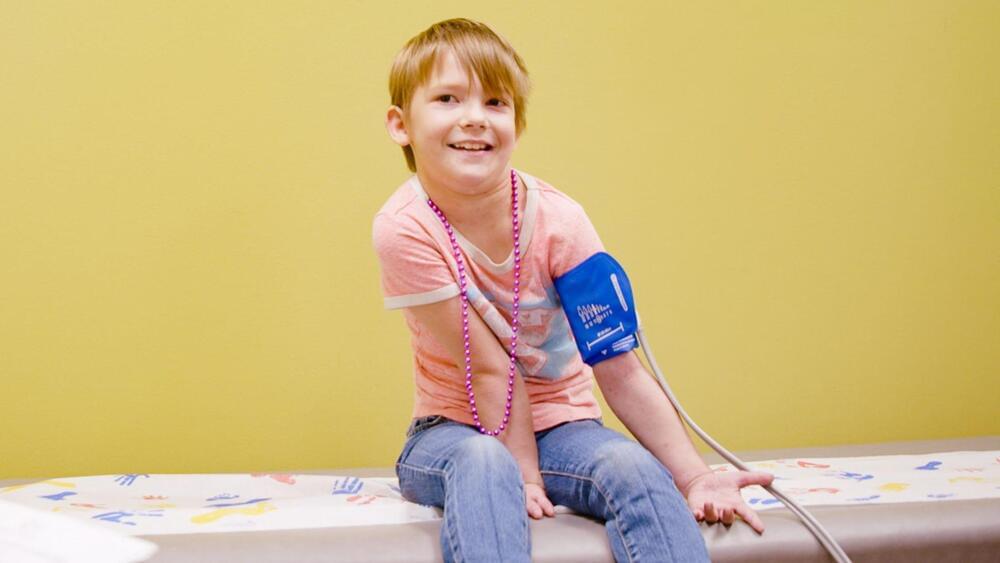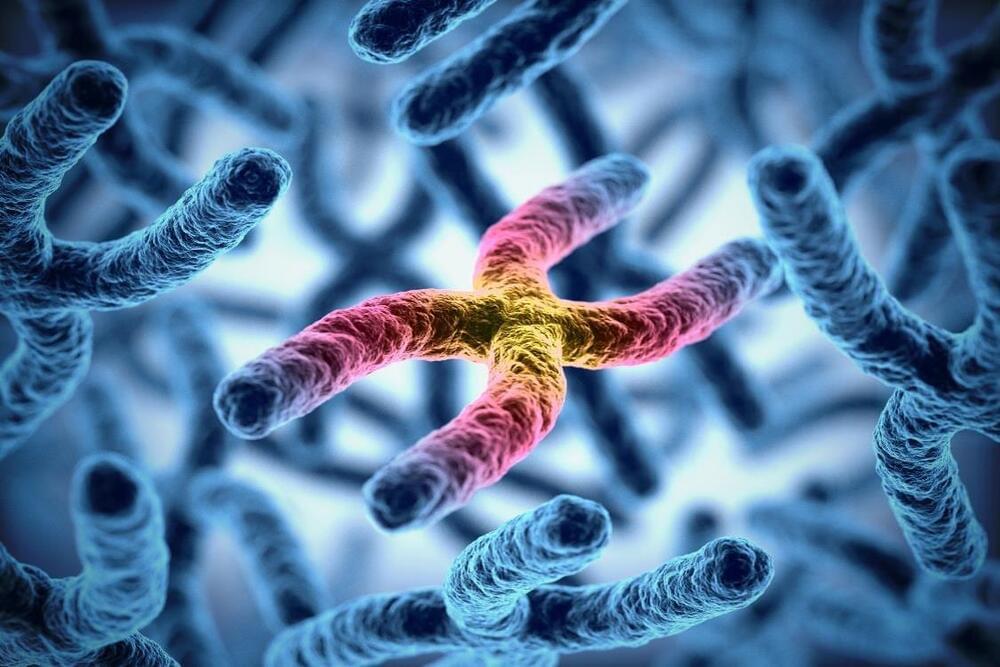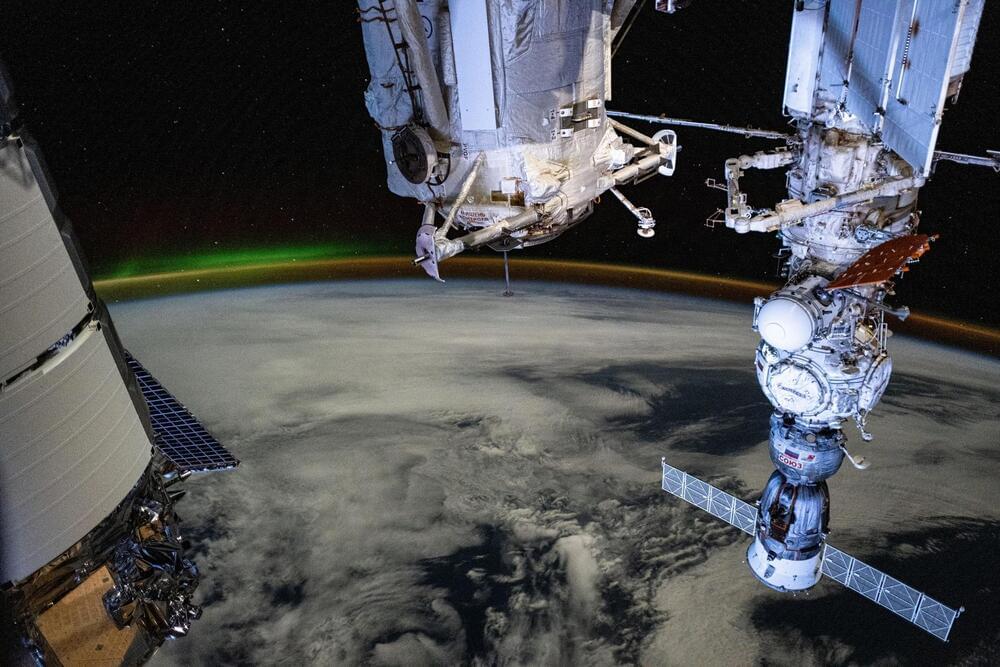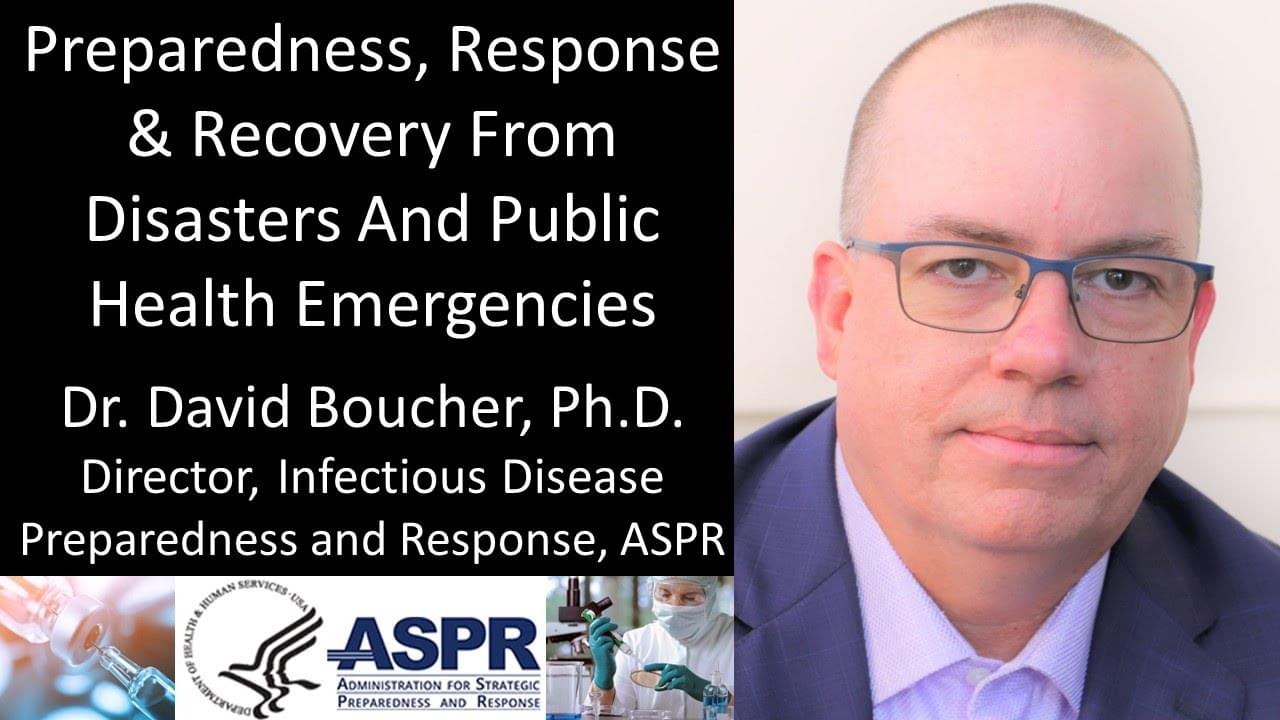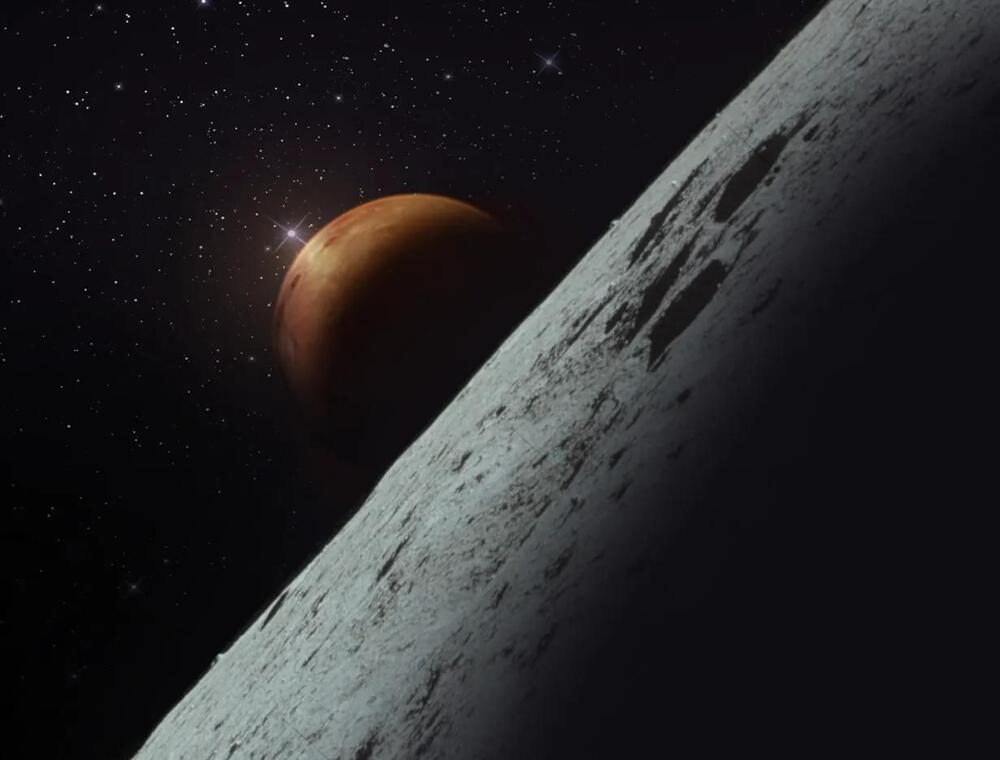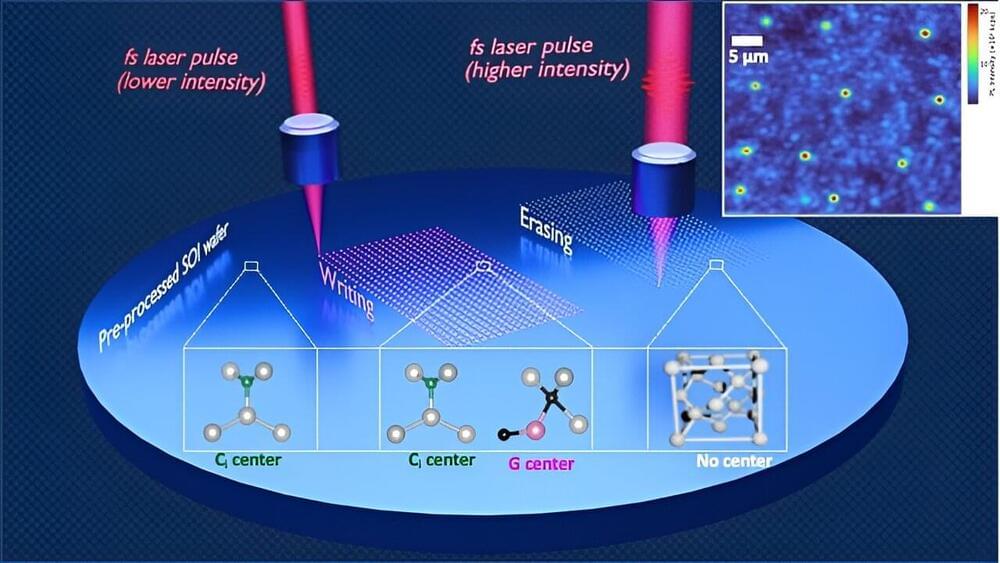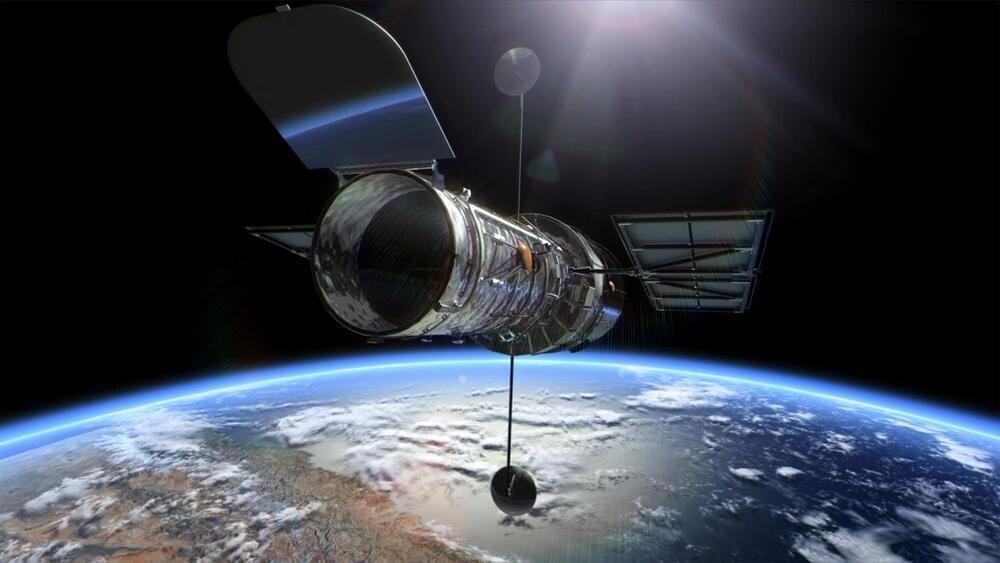Newsweek ranked which states had the fewest health-related water safety violations based on data from the Environmental Protection Agency.
Category: health – Page 36
The discovery process involved extensive fieldwork and the use of advanced technology. Researchers utilized high-resolution aerial photographs and an optimized artificial intelligence model to accurately map the habitat and health of trees across the region, indirectly leading to the identification of the new viper species. This method allowed the researchers to cover a vast area with unprecedented precision, enhancing their understanding of the ecosystem and its inhabitants.
One of the most intriguing aspects of the Ovophis jenkinsi is its behavior. Unlike many snakes that prefer to flee when threatened, this viper exhibits aggressive defensive tactics.
“It is usually slow-moving but shows great aggression when disturbed,” the researchers wrote. “When threatened, these snakes inflate their bodies to make themselves appear larger and strike quickly.”
Karleigh Fry pioneers robotic neurosurgery:
An 8-year-old girl from Oklahoma has become the world’s first pediatric patient to undergo robotic deep brain stimulation (DBS).
The announcement was made by two collaborating hospitals, Oklahoma Children’s Hospital OU Health and Bethany Children’s Health Center.
Illinois Governor JB Pritzker signed an executive order to make cutting-edge gene and cell therapies more affordable and accessible. The order’s primary focus is on treatments for sickle cell disease, a condition that disproportionately affects Black Americans.
Addressing Cost Barriers to Innovation
The Illinois Department of Healthcare and Family Services (HFS) will spearhead efforts to develop new payment models for these transformative but expensive treatments. A newly formed Advisory Council will recommend creating sustainable financing structures, emphasizing models that reward positive health outcomes.
The Expedition 71 crew at the International Space Station is gearing up for a spacewalk focused on scientific and maintenance tasks, including the installation of a spare pump and the retrieval of faulty communications hardware. Additionally, Commercial Crew astronauts have extended their stay to facilitate further systems checks on the Starliner spacecraft. Amidst these preparations, the crew continues to engage in routine health checks and scientific experiments across various modules of the station.
Aboard the International Space Station (ISS), the Expedition 71 crew is getting ready for a spacewalk this week while two Commercial Crew astronauts will spend a few extra days. In addition, the orbital residents continued their advanced space research and conducted eye and ear exams on Monday.
Is Director, Infectious Disease Preparedness and Response, Administration for Strategic Preparedness and Response, U.S. Department of Health and Human Services (https://aspr.hhs.gov/Pages/Home.aspx).
The HHS Administration for Strategic Preparedness and Response (ASPR) leads the nation’s medical and public health preparedness for, response to, and recovery from disasters and other public health emergencies.
ASPR collaborates with hospitals, healthcare coalitions, biotech firms, community members, state, local, tribal, and territorial governments, and other partners across the country to improve readiness and response capabilities.
Dr. Boucher previously held several other critical roles in the organization, including as Chief of the Antivirals \& Antitoxins branch at BARDA’s Anthrax, Botulinum, Ebola and Smallpox therapeutics program office, Acting Director for the Administration for Strategic Preparedness and Response’s Office of Industrial Base Management and Supply Chain (IBM/SC) and serving as HHS’s lead negotiator for product development/procurement agreements for COVID-19 medical countermeasures.
Dr. Boucher has a Bachelor of Science (B.S.), Genetics, and a Doctor of Philosophy (PhD), Biochemistry and Molecular Biology from University of California, Davis.
How can long-term space flight influence astronaut health, and specifically their organs? This is what a recent study published in Nature Communications hopes to address as a large team of international researchers conducted the most comprehensive study regarding astronaut kidney health and how it’s affected from both microgravity and galactic cosmic radiation (GCR) during long-term space missions. This study holds the potential to help astronauts, space agencies, medical professionals, and the public better understand the health risks associated with sending humans to other worlds, specifically to Mars.
“We know what has happened to astronauts on the relatively short space missions conducted so far, in terms of an increase in health issues such as kidney stones,” said Dr. Keith Siew, who is a Research Fellow in the Department of Renal Medicine at the University of College London (UCL) and lead author of the study. “What we don’t know is why these issues occur, nor what is going to happen to astronauts on longer flights such as the proposed mission to Mars.”
Aside from the 24 Apollo astronauts who traveled to the Moon, with 12 of them walking on the surface, nearly all human space travel has been limited to low-Earth orbit (LEO), totaling almost 700 people having traveled to space. During this time, they are protected by the Earth’s magnetic field, which shields them from harmful solar and cosmic radiation that could cause potentially irreparable harm to their health.
Quantum computers have the potential to solve complex problems in human health, drug discovery, and artificial intelligence millions of times faster than some of the world’s fastest supercomputers. A network of quantum computers could advance these discoveries even faster. But before that can happen, the computer industry will need a reliable way to string together billions of qubits—or quantum bits—with atomic precision.
The surge of treatment-resistant microbes is happening in real time in health care settings across the U.S. Knowing how to deal with it is essential.
The Hubble Space Telescope is currently in safe mode due to gyroscope problems, suspending its science activities. However, NASA remains optimistic about its future contributions to space exploration, working in tandem with other telescopes.
On May 24, NASA’s Hubble Space Telescope entered safe mode due to an ongoing gyroscope (gyro) issue, suspending science operations. Hubble’s instruments remain stable, and the telescope is in good health.
The telescope automatically entered safe mode when one of its three gyroscopes returned faulty telemetry readings. Hubble’s gyros measure the telescope’s slew rates and are part of the system that determines and controls precisely the direction the telescope is pointed.


